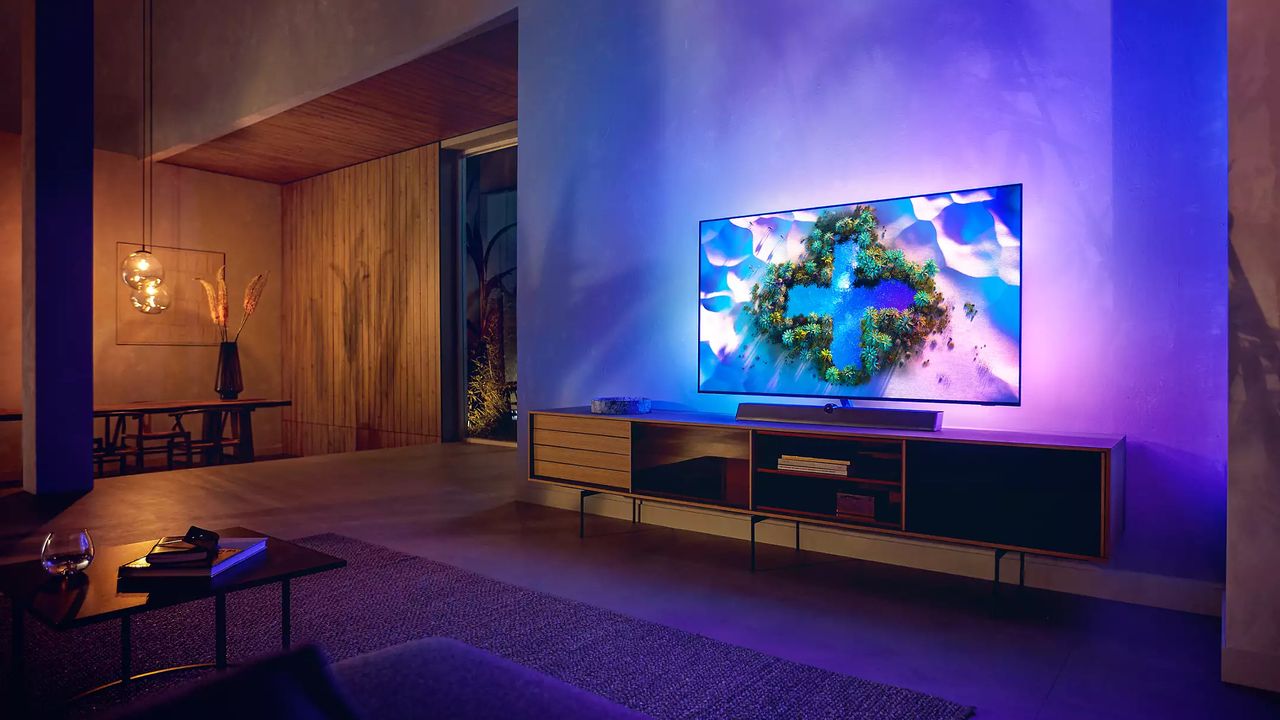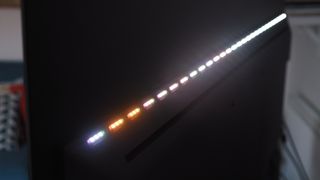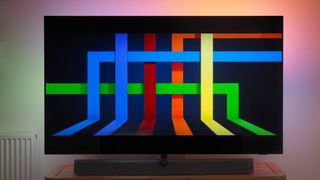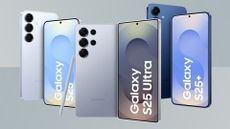TechTvsWhat is Ambilight and what’s its point? Why Philips' TV tech is no gimmickPhilips Ambilight is only found on some Philips TVs, further enhancing your viewing experience. Here’s how it worksWhen you purchase through links on our site, we may earn an affiliate commission.Here’s how it works.
TechTvsWhat is Ambilight and what’s its point? Why Philips' TV tech is no gimmickPhilips Ambilight is only found on some Philips TVs, further enhancing your viewing experience. Here’s how it worksWhen you purchase through links on our site, we may earn an affiliate commission.Here’s how it works.
Philips Ambilight is only found on some Philips TVs, further enhancing your viewing experience. Here’s how it works
When you purchase through links on our site, we may earn an affiliate commission.Here’s how it works.
(Image credit: Philips)

(Image credit: Philips)
When it comes to thebest TVsthat money can buy there are various panel types and technologies to tantalise – and I shant dig into OLED vs QLED panels here – and one feature you may have spotted is the word ‘Ambilight’ attached to some Philips TVs.
Sowhat exactly is Ambilighttechnology and why might you want this feature? This question has been particularly front of my mind today, asPhilips announced its latest TV for 2023, the OLED 908, and that of course also features Ambilight as part of the package.
In short:Ambilight is a series of LED lights on the rear of some Philips TV panels that project light onto surrounding surfacesin real-time, giving the sense of the on-screen picture extending beyond the TV’s frame. It creates an even more expansive and immersive experience.
What can Ambilight do?
(Image credit: Future / Mike Lowe)

(Image credit: Future / Mike Lowe)
Youwon’t find Ambilight available on any TVs other than some Philips models, giving the brand a real unique selling point.
There are variations in whether it’ll bethree-sided Ambilight(excluding the bottom surface edge) orfour-sided Ambilight(where it includes every edge for all-round output – you may choose to switch this bottom edge off within the settings, which you may if not wall-mounting a TV, to help avoid it being unequal).
Ambilight isn’t a crude one solution fits all technology, which is part of what makes it so great. You can have itfollow on-screen picturein real-time,follow sound(better for music than pictures, of course), act as a single colour backlight (calledLounge Light; there’s alsofollow flagwhere you can impress your country’s flag in light format behind the TV), or follow thePhilips Hueapp for collaboration with additional light Hue bulb sources away from the screen.
(Image credit: Future / Mike Lowe)

(Image credit: Future / Mike Lowe)
Furthermore you can change the intensity of the Ambilight output. There are options for:Standard, Natural, Football, Vivid, Game, Comfort, Relax. Roughly speaking this will change the intensity and speed of response (i.e. the rapidity at which the lighting falls away or into its next stage – more important with, say, Gaming mode).
Sign up to the T3 newsletter for smarter living straight to your inbox
Get all the latest news, reviews, deals and buying guides on gorgeous tech, home and active products from the T3 experts
Some modes, however, such as Comfort and Relax, use an off-white backlight which is much gentler to look at, providing a backlight that I find helps you focus even more intently on the screen itself.
In addition, you can tinker with Ambilight settings to adjust theBrightness(from 1-10 via a slider interface) andSaturation(again, from 1-10 via a slider control). And if you don’t have standard wall colours then theAdvanced settingspermit you to adjust for paint colours too, so you’ll get more accurate colour-adjusted projections.
Is Ambilight a gimmick?
(Image credit: Future / Mike Lowe)

(Image credit: Future / Mike Lowe)
That’s the thing I’ve always found with Ambilight: much as it sounds like it’d be a gimmick, I genuinely find that it helps for pictures to be more expansive and therefore immersive. Set to the correct settings it doesn’t become a distraction, as I found with thePhilips OLED 937(which also sounds stupendous).
Plus you’re always in control. The current PhilipsTV remotes have a dedicated Ambilight buttonon them, so if you want to dive into the controls to quickly turn it off, select a different option, or tinker with the settings, it’s only a press or a few away. Typically I never found the need to do this often, given that the default modes actually work really well out of the box.
I’ve also rarely seen Ambilight add a giant addition to the asking price compared to other OLED TV rivals. And that’s another consideration with Philips: as the company uses LG’s panels, but its own processing, its image quality is up there with the best available, no compromises. And adding Ambilight backlight can even trick your brain into believing the image on screen is even fuller, so it’s a winner in almost any scenario. Given the option, I’d back having Ambilight as an option each and every time.

Samsung Galaxy S25: every leak, rumour and spec we’ve heard before the launch eventThis is everything we’ve heard about the new handsets
This is everything we’ve heard about the new handsets

This case turns your iPhone or Android phone into an e-reader, but there’s a catchActually, there are a couple…
Actually, there are a couple…